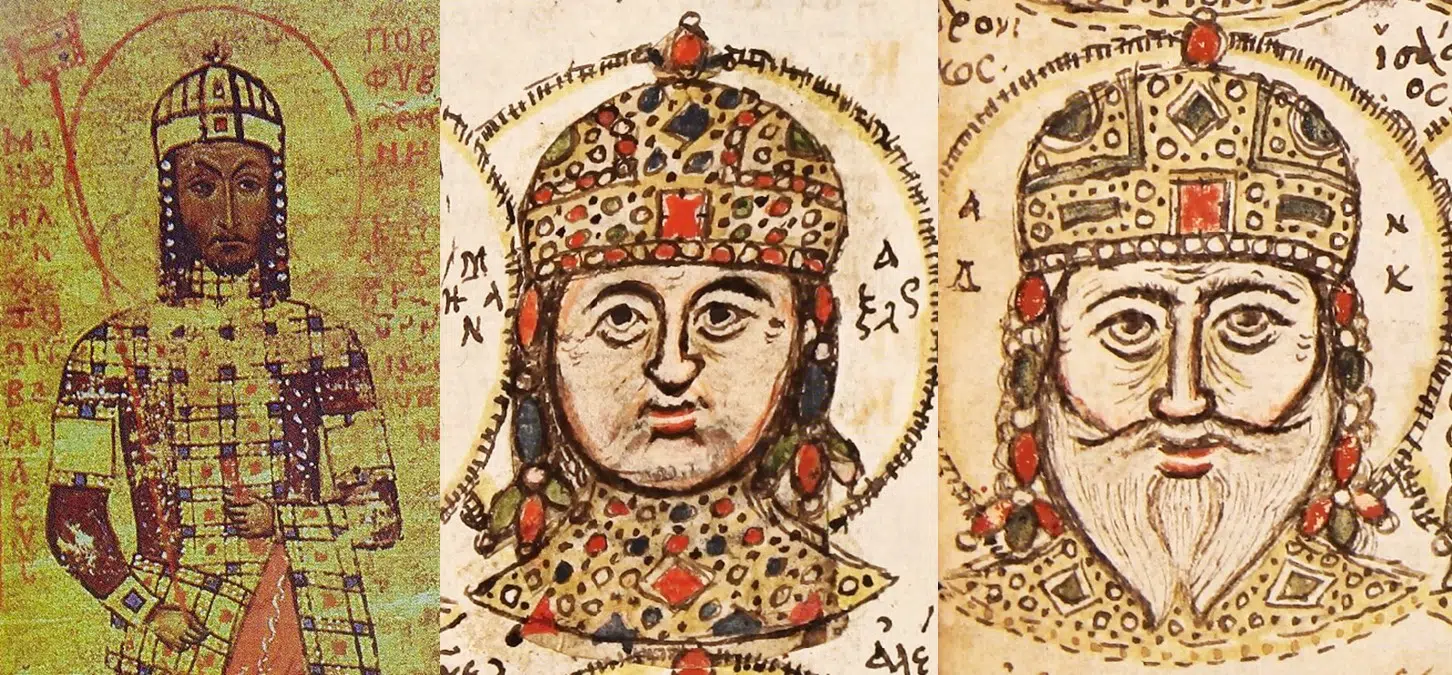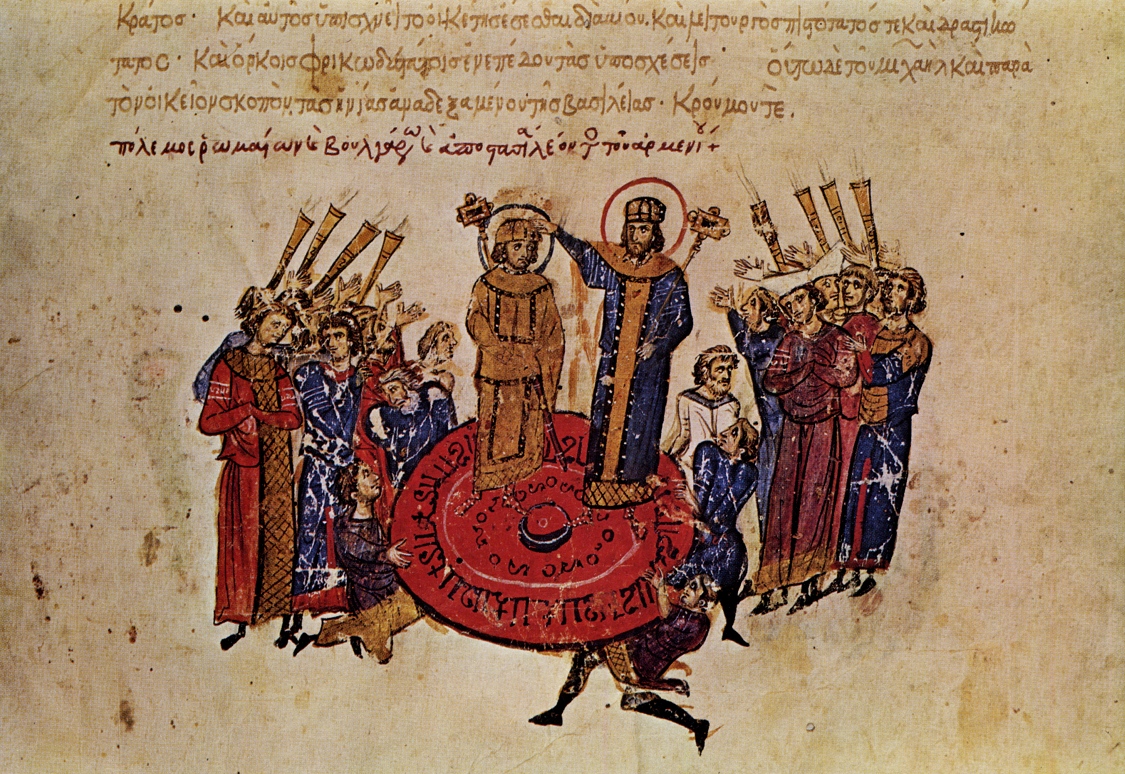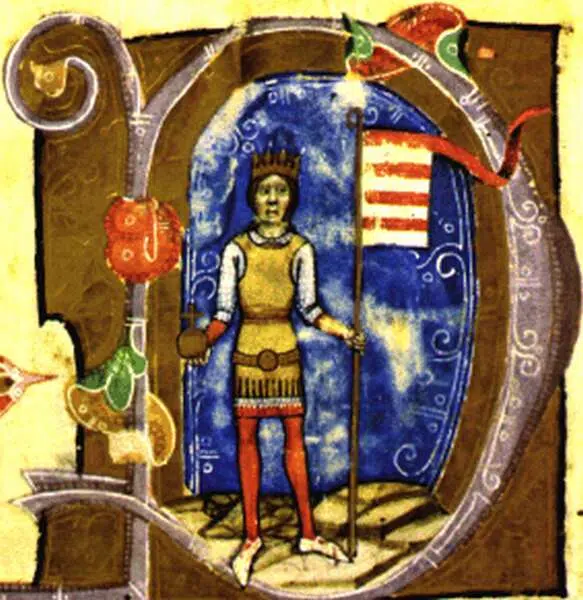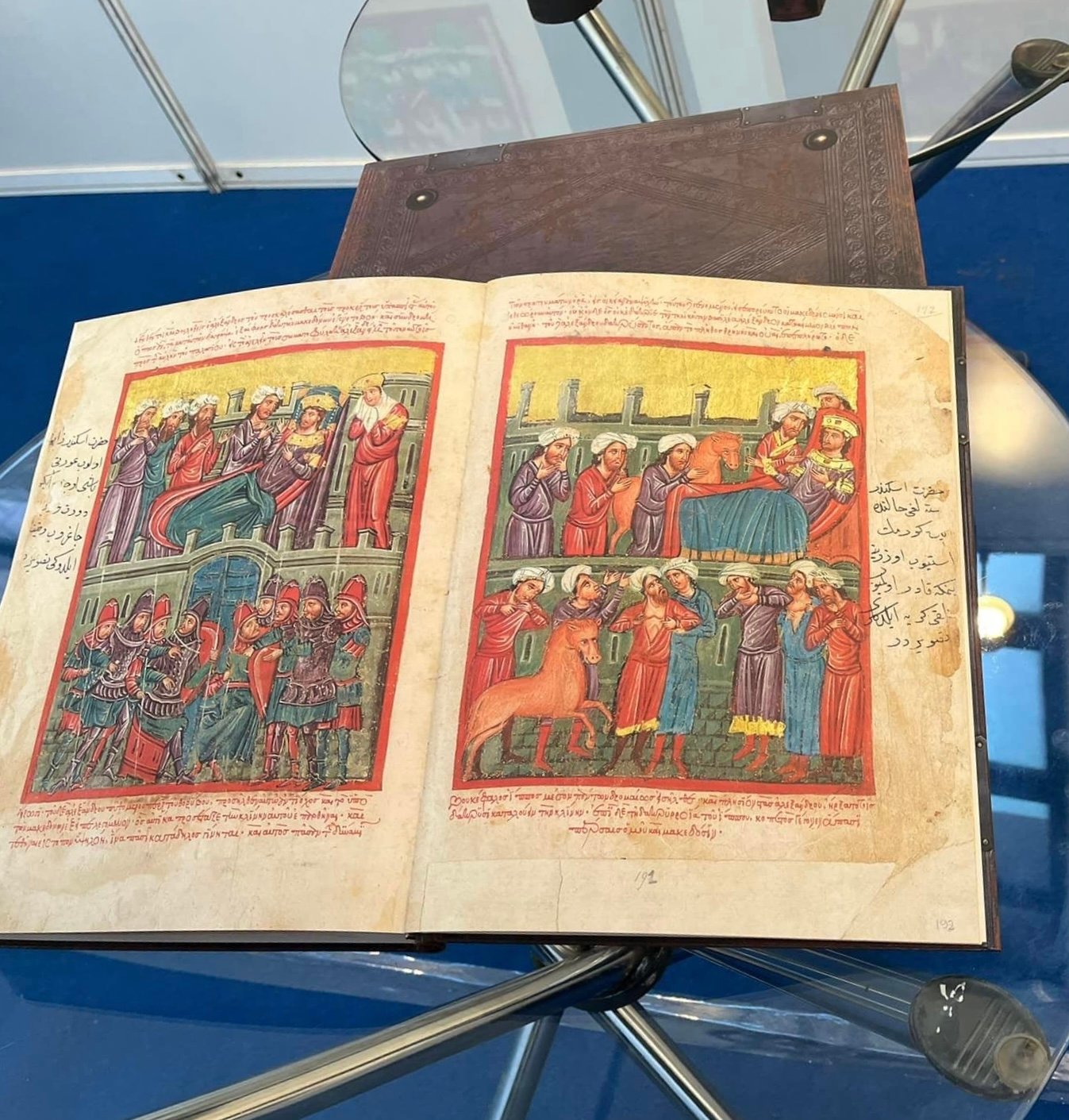
During his reign, Byzantine Emperor Manuel I Komnenos was transfixed with a prophecy that foretold the survival of his dynasty depended on adherence to the acronym “AIMA.” AIMA is also the Greek word for “blood”.
Anxious for the survival of his dynasty, Manuel devoted a great deal of his reign to ensuring that his successor matched the prophesized words. For the prophecy to be fulfilled, it was necessary that the name of his successor began with the letter “A”.
This was not the only problem facing Manuel and the question of imperial succession. The emperor also had to contend with intrigue within the Byzantine court. The main source of this was from his first cousin Andronikos, who was constantly involved in misadventures, both within the court at Constantinople and abroad.
The AIMA prophecy and Byzantine imperial succession
Manuel ruled over a grand empire steeped in history. The Byzantines, or Eastern Romans as they are also called, were the surviving remnants of the Roman Empire. In 476 AD, the Western Roman Empire had fallen, but it was survived by the East, where Classical Greek and Roman culture endured and evolved.
The prophecy arose when Manuel I Komnenos asked a fortune teller how long the Komnenos dynasty would last. The fortune teller simply answered, “Aίμα”, which in Greek means “blood”.
Manuel interpreted this as an acronym referring to the initial letters of the Komnenian emperors in the order of succession. The first emperor was Alexios I Komnenos, who reigned between 1081 and 1118, with the second being Ioannes II Komnenos, who ruled from 1118 until 1143.
The third emperor was Manuel himself. He may have been more inclined to believe in the prophecy because as the fourth son of the previous ruler, he was not initially destined to become the Byzantine emperor. In any case, for the AIMA acronym to be complete, Manuel now needed an heir whose name began with an A.

The search for an heir
Manuel married Bertha of Sulzbach in 1146. They had two daughters together, Maria and Anna Komnene. However, in 1159, Bertha died and the Byzantine emperor was still without a male heir.
In 1162, Manuel concluded a peace treaty with King Stephen III of Hungary. To seal the treaty, Stephen’s son Prince Béla would marry Manuel’s daughter Maria. In 1163 Béla moved to the Byzantine capital in Constantinople to learn more about the ancient empire he was now set to inherit.
For Manuel, who was still concerned about the prophecy, there was just one problem, Béla’s name began with the wrong letter. Evidently a pragmatist, Manuel had a simple solution. He bestowed the name Alexios upon his new Hungarian heir.
However, in 1169, Manuel’s second wife Maria of Antioch gave birth to a son, who Manuel predictably named Alexios. With a royal heir having been “born in the purple”, Manuel now had a son born who could fulfill the prophecy and carry on the male bloodline.
This was rather unfortunate for Béla, who had actually fought against his own father on the Byzantine side during three campaigns between 1165 and 1167. He had ridden to war believing that he was destined to inherit the Byzantine throne. Manuel granted Béla the title Caesar, but Manuel’s natural son Alexios was declared heir.
Béla returned to Hungary in 1172 when his father died. He was crowned Béla III of Hungary the following year.

The short reign of Alexios II Komnenos
Manuel died in September 1180 and Alexios II Komnenos was named emperor, thus fulfilling the prophecy. That same year, a few months prior to his father’s death, he was married at the age of eleven to Agnes of France, who was aged only ten.
Due to Alexios II’s young age, his mother Maria ruled as regent, together with another Alexios Komnenos, who was a cousin of Alexios II. There were rumors that the two were lovers.
Maria and Alexios were ineffectual regents. They mishandled the empire’s finances and the Byzantine treasury began to run dry. Worse still, Béla III who was now king of Hungary and Kilij Arslan II of Rum were attacking the Byzantine Empire on its western and eastern borders.
Trouble was also brewing at home. Alexios II’s half-sister Maria Komnene and her husband John instigated riots in the streets of Constantinople. The regents were able to quell the riots but Andronikos who had previously been exiled by Manuel returned to Constantinople in 1182 and seized control of the government.

The rule of Andronikos I Komnenos and the prophecy returns
Initially, Andronikos posed as the protector of Alexios II, who was disinterested in ruling at such a young age and posed no resistance to Andronikos. However, in 1183, Andronikos, wishing to remove any threats to his rule had the young boy assassinated.
Alexios II was strangled to death with a bowstring and his body was thrown in the Bosporus. Andronikos had already been proclaimed emperor before the assassination in September of that year.
Like his first cousin Manuel, the new Byzantine emperor also concerned himself with the prophecy. Andronikos believed that the AIMA prophecy was a cycle. With the death of Alexios II, he had ended the previous cycle, and with his own accession to imperial rule, and his name also beginning with an A, he had initiated the next cycle.
Believing the prophecy to be true, Andronikos bypassed his firstborn son Manuel Komnenos in favor of the younger Ioannes, whose name began with iota/I. Ioannes was crowned co-emperor in 1184.
Having usurped the throne himself, Andronikos was worried that another cousin of his would in turn overthrow him. He particularly feared two men, both called Issac. The first was, Isaac Komnenos of Cyprus and the second was Isaac Angelos.
Andronikos’ lieutenant Stephen Hagiochristophorites suspected Issac Angelos of treachery and went to arrest him. However, Issac slew him and fled to Haghia Sophia where he appealed to the population of Constantinople to rise up against Andronikos.
The Constantinopolitans proclaimed Issac II Angelos emperor and deposed Andronikos who failed to escape. Over the course of several days, he was tied to a post and beaten by angry mobs. Andronikos finally died when he was hung upside down in the Hippodrome and torn apart by a sword.
Although Andronikos was the last of the Komnenoi to rule the Byzantine Empire from Constantinople, after the sack of the city by the Crusaders in 1204, the Komnenoi again ruled in Trebizond over a Byzantine successor state. Here again, the AIMA prophecy resumed.
See all the latest news from Greece and the world at Greekreporter.com. Contact our newsroom to report an update or send your story, photos and videos. Follow GR on Google News and subscribe here to our daily email!



